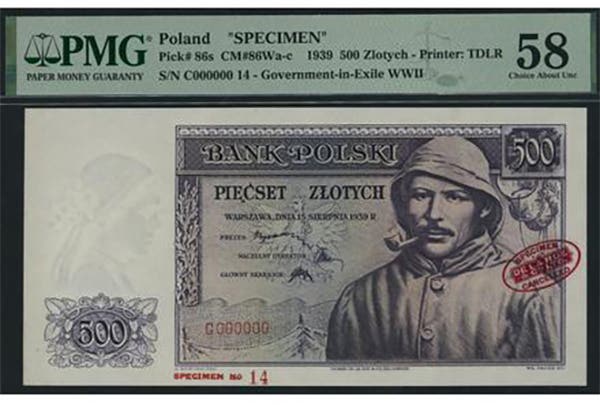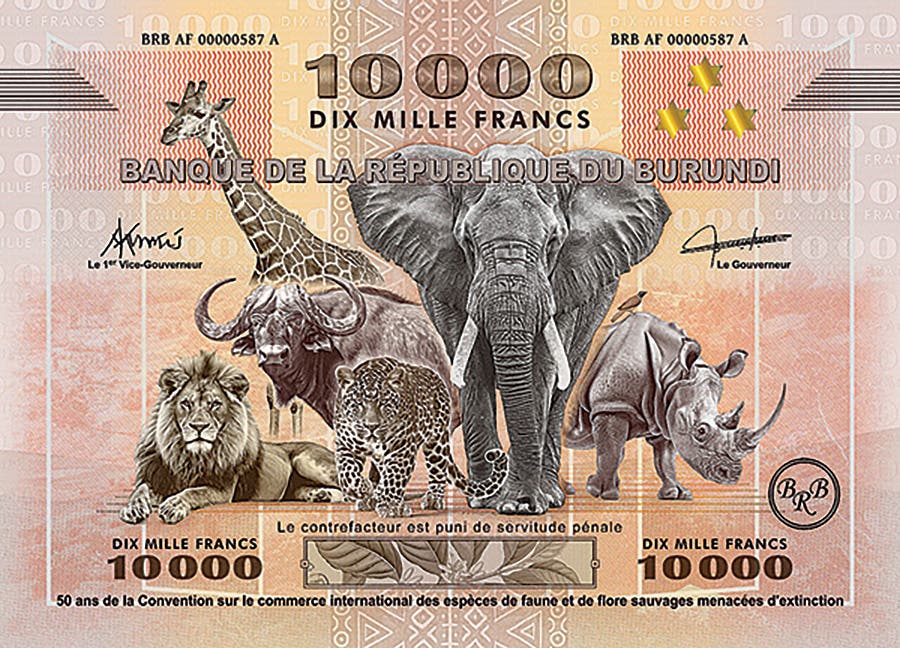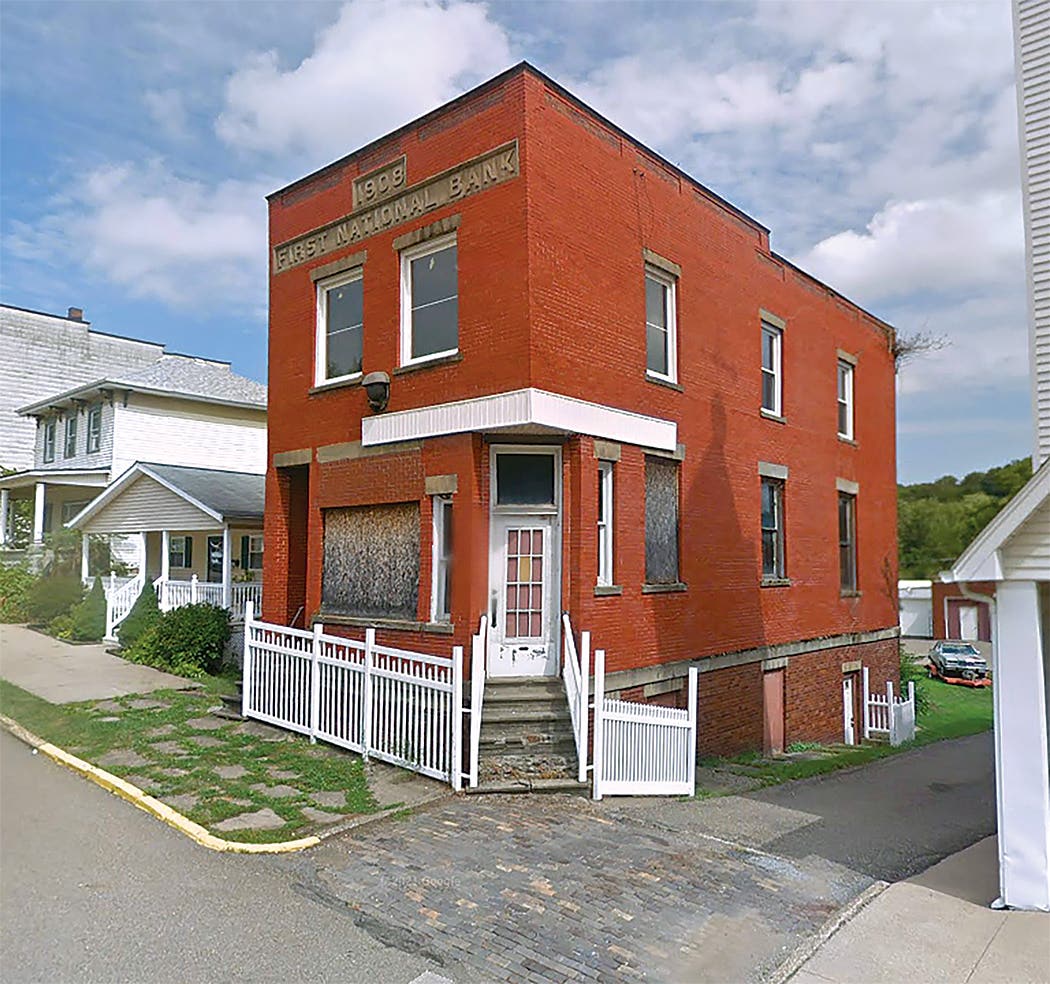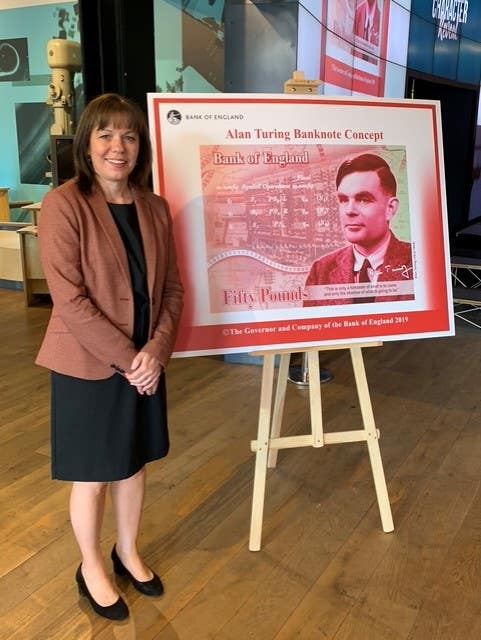Bank notes of the Confederate States of America
Value of a bank note please? I have a Confederate $1000 bill and it is old! Sadly, as the loosing government in the War, Confederate obligations are not redeemable into…
Value of a bank note please? I have a Confederate $1000 bill and it is old!
Sadly, as the loosing government in the War, Confederate obligations are not redeemable into an equivalent amount of U.S. Currency or Euro notes. Notes which circulated during the Civil War era in the southern states were issued by the "national government" - using the title of Confederate States of America, or they could have been issued by the individual states, thus they have a title of State of South Carolina and Confederate States of America as the format of the issuing authority. Finally, even local towns or counties issued notes. (these are very popular as local interest collectibles.
Original Confederate notes are usually printed in black, with a second color as an under print in green or red; the designs are sometimes uniface, but often the backs have a red or blue design. The paper was often of a quality white cotton material. Local issues are often found printed on remainder stock, using the unprinted plain backs of unissued notes from an earlier timeperiod. Some of the $10 notes which circulated in Lousiana have the French word DIX in large letters, thus one of the nicknames for the south, known as “Dixie”
Issues from the first capitol, Montomery, are call the first issue, and are expensive. The Montgomery note illustrated above was recently sold by R.M. Smythe for $52,500 not inculding the buyer's premium. It is in spectacular condition (no folds, bright color, nice centering).
Issues from the capitol as Richmond are from the numerious issues for the rest of the war, and are usually very common.
At the end of the war, some notes were printed on their plain backs, with heroic poetry, or advertising. Many returning Federal troops brought the "worthless" Confederate currency home as a remembrance.
Reproductions have been made as early as the 1870s. They were intended as souvenirs. The Civil War anniversaries of the 1910s, and 1960s were a time for many reproductions. The earlier ones especially were done with proper colors! Those done since the 1950s are usually found only in black, printed on one side, and on a paper which is orange-ish, crinkly and wrinkled. These are often found sold at Civil War Battlefields in sets of six.Those made since 1974 should have the word Replica, Copy or Facsimile somewhere on them, usually in one of the left or right bottom corners.
George








